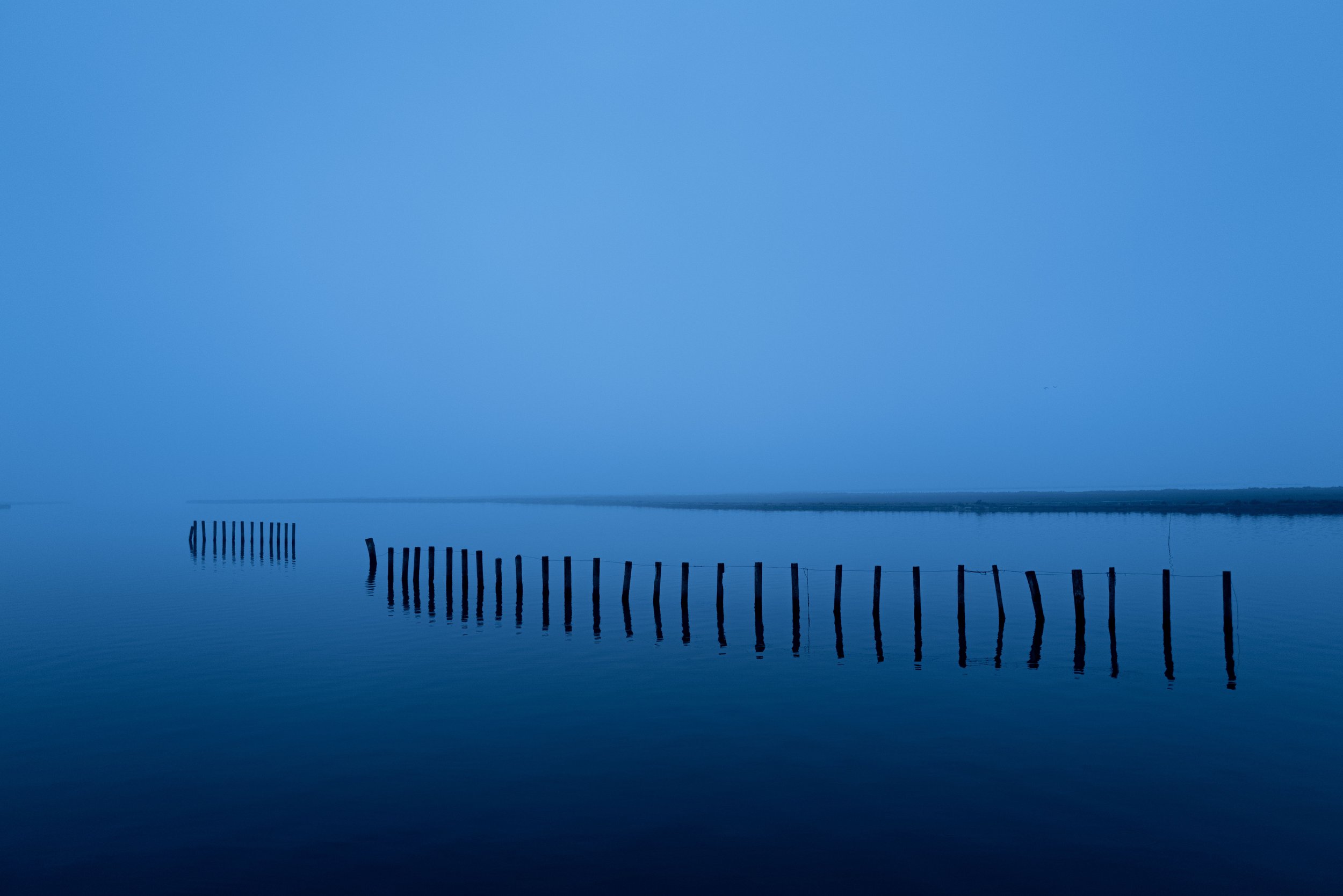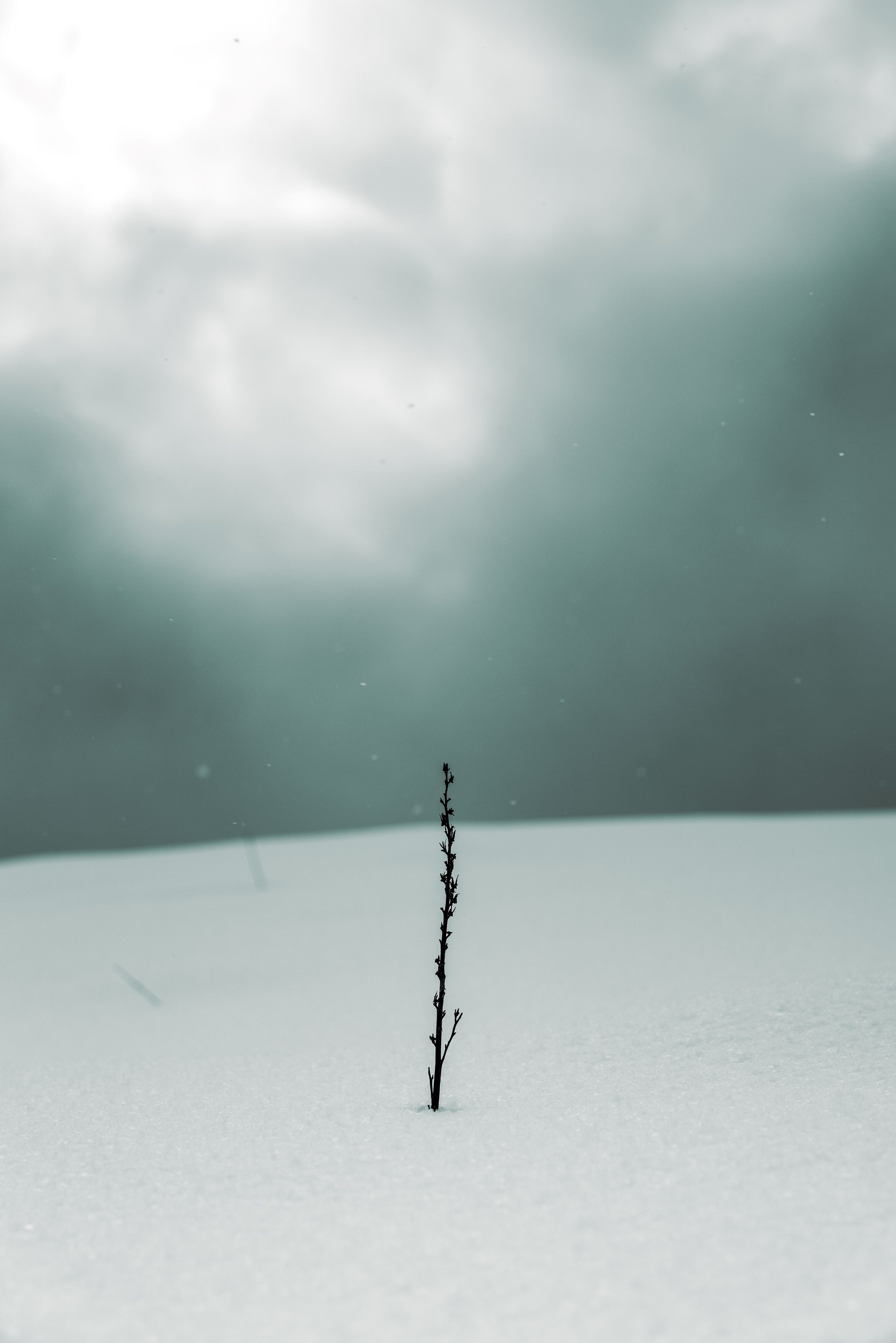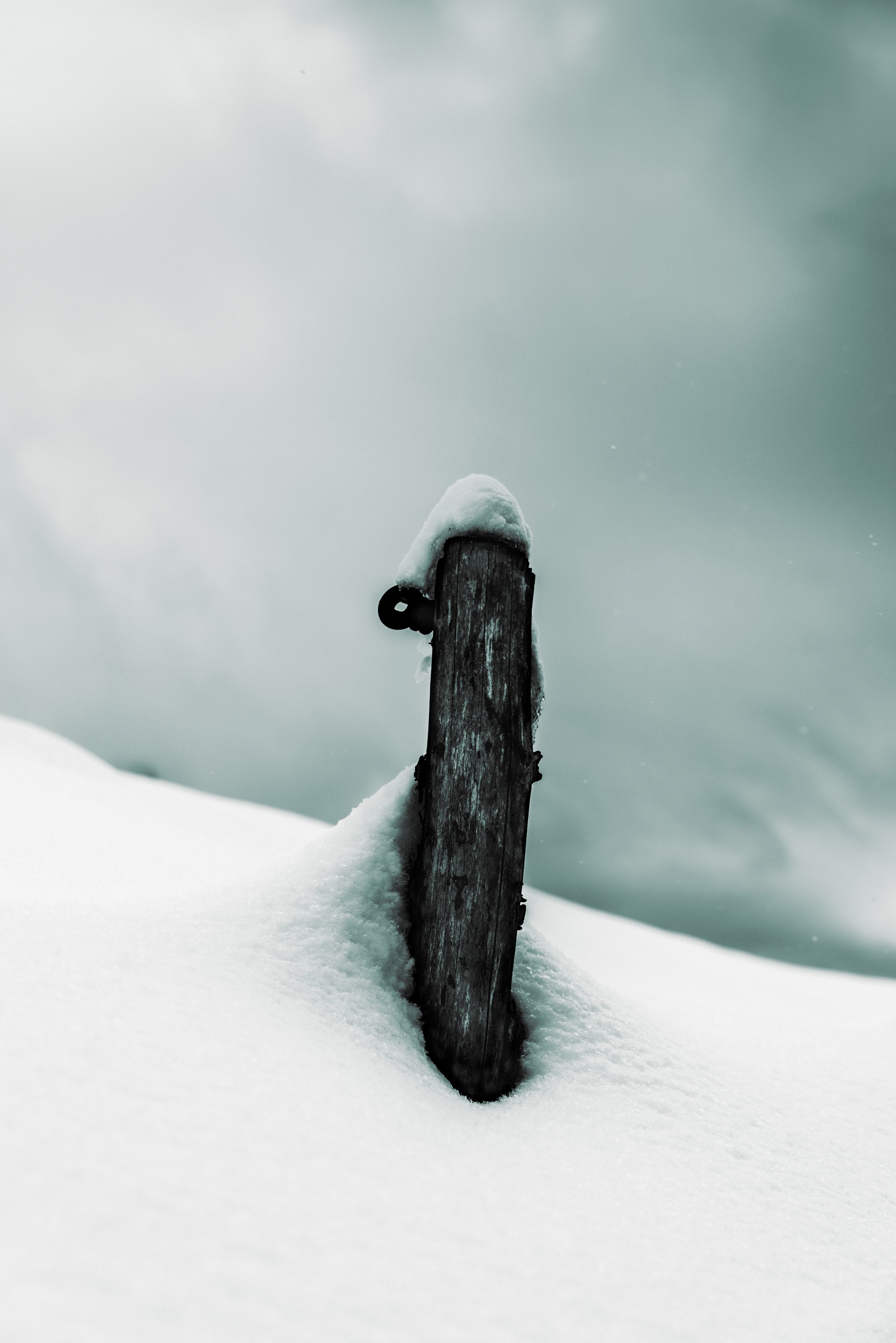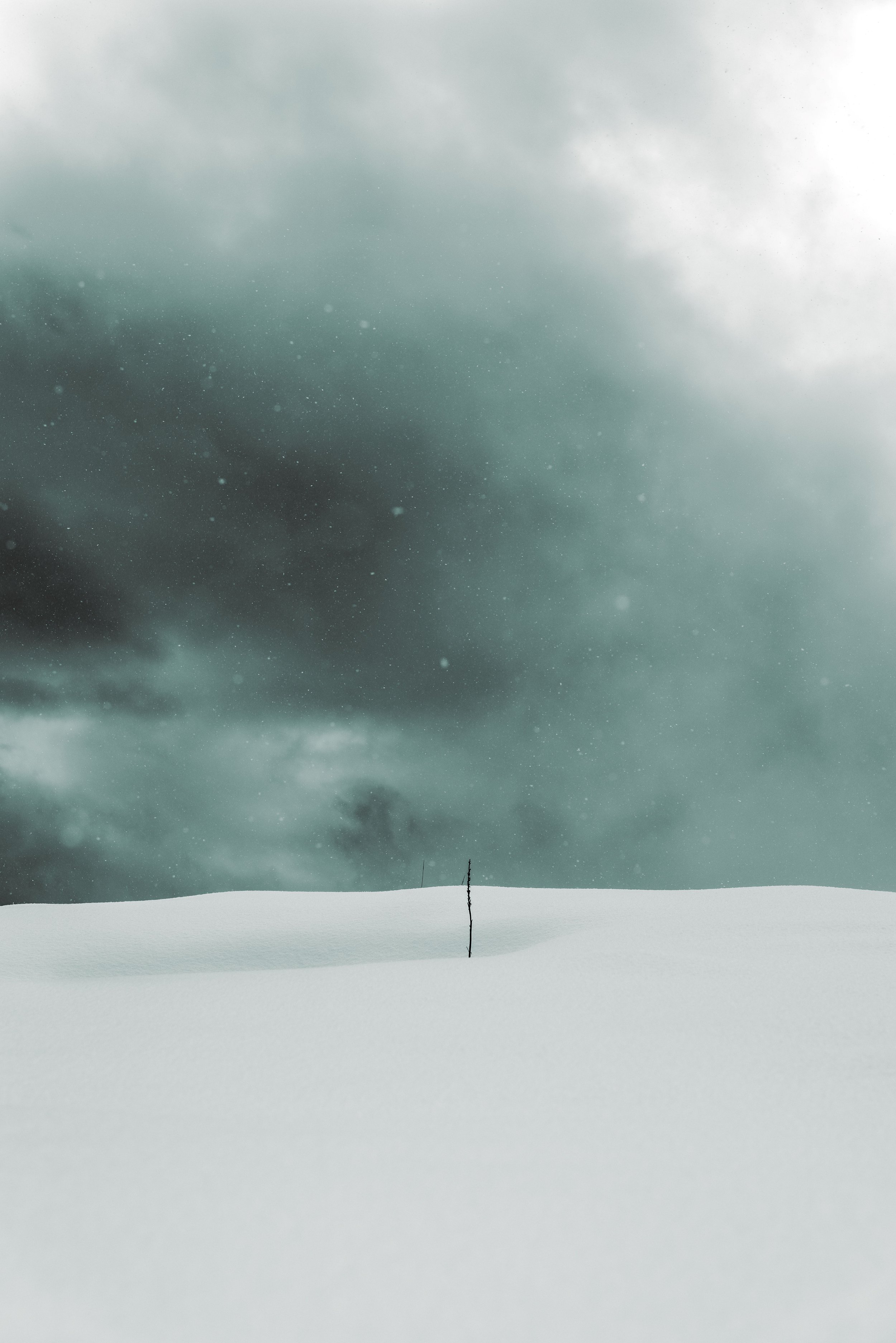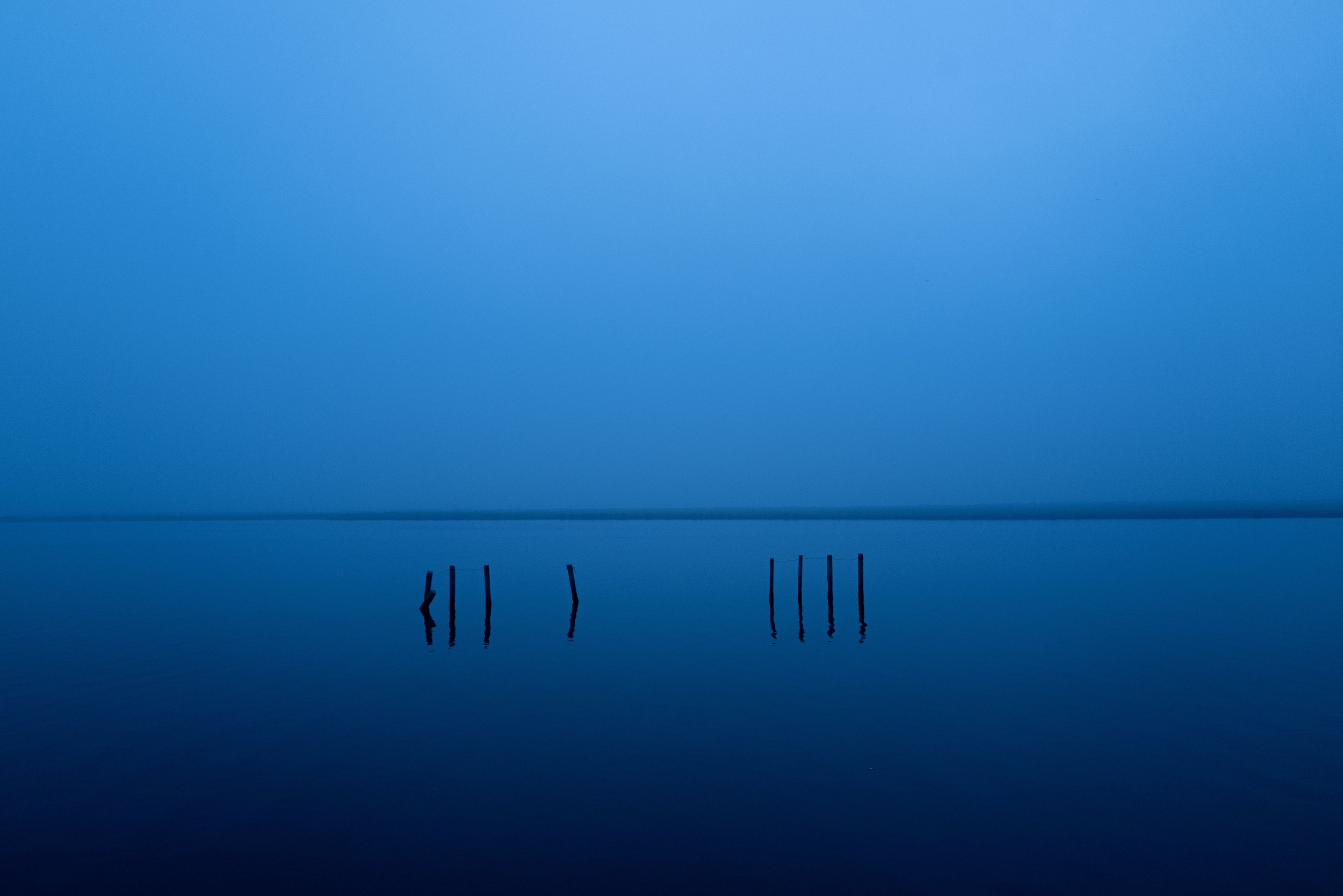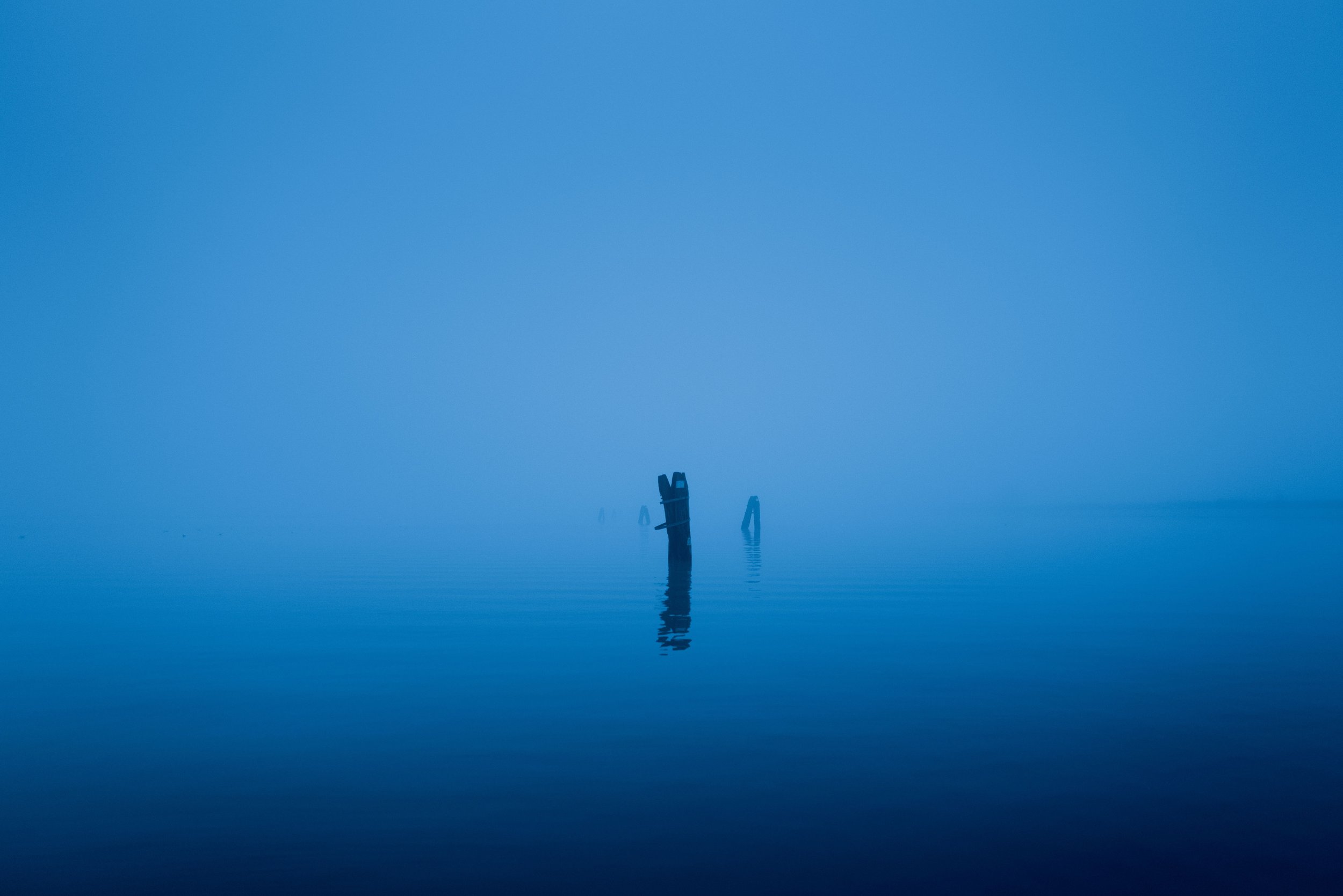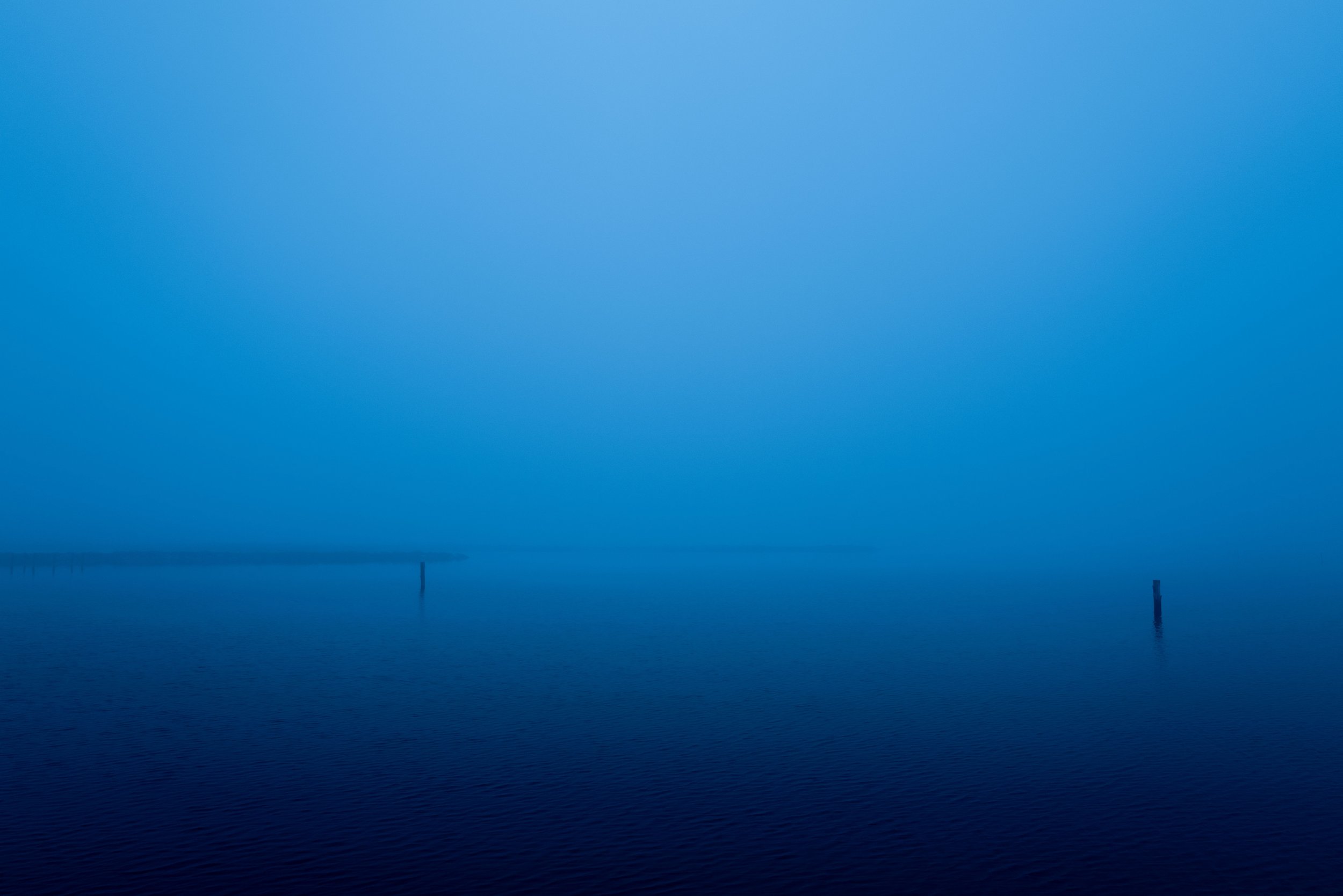Interview
Maxime Alexandre
Maxime Alexandre, born in Renaix, Belgium, in 1971, began his career as a young actor in movies such as Une Page D’Amour and Bianca. Later, he discovered a passion for photography and began working in the camera department in Paris, learning from renowned cinematographers. He transitioned to Director of Photography, working on projects like High Tension, The Hills Have Eyes, and Mirrors with director Alexandre Aja. Maxime's talents were recognized by Variety in 2006. In 2008, he directed his first feature film, Holy Money, followed by Christopher Roth. Maxime has worked on various notable films, including Silent Hill Revelation, Maniac, Earth To Echo, and The Voices. Collaborating with David F. Sandberg, Maxime contributed to the success of films like Annabelle: Creation and Shazam! He also reunited with Alexandre Aja for projects such as The Ninth Life Of Louis Drax, Crawl, and Oxygene. Recent projects and upcoming films include Role Play, Paris Paradis by Marjane Satrapi and Never Let go by Alexandre Aja. In 2023, Maxime successfully held his first personal Photographic Exhibition, “Time, Essentials In Solitutde,” at Palazzo Palumbo Fossati in Venice.
What is your background and how did you start your journey in the art world?
“I started working in the film industry at a very young age. My father was an assistant director, and I spent a lot of time with him on sets, as well as during location scouting for films or advertisements. During those scouting trips, I learned a lot about photography, and what struck me the most was discovering that photography was not just a moment to remember but above all a way of communicating, a language through which you can convey anything. My professional path then mainly focused on being a Director of Cinematography, while continuing with photography in parallel. The creative expression in a film is also the combination of various roles, so photography soon became a refuge for me to express myself freely.”
What inspires you?
“The possibility of isolating people or elements and therefore speaking about them in the language of the image. The fascinating world of art doesn't have its own language; the viewer observes a photograph, a painting, or a sculpture and is free to interpret it with their own imagination, as far as their heart takes them.”
What themes do you pursue? Is there an underlying message in your work?
“Currently, I am focused on researching essential elements in solitude, which was also the theme of an exhibition I held last year in Venice, titled "TIME." An example could be a mooring post in the middle of a lagoon. It may seem like an abandoned, useless object, yet it is absolutely essential for the fisherman who navigates in that area. The purpose of this research is also to underline the importance of every single human being within a group; whether it's an orchestra or a film set, each individual is an indispensable artist in completing the work of an orchestra conductor or a director.”
How would you describe your work?
“I would describe my photographic work as a continuously evolving style, both in the search for the elements I mentioned earlier and in photographic style and technique. Over time, I aim to build a journey that expresses a sense of freedom, while also highlighting solitude as something positive – a magical moment in which the solitary observer draws from a photograph another idea that may perhaps come to life later on.”
Which artists influence you most?
“Certainly Desiree Delron, a photographer whom I immensely admire and who has also inspired me to maintain an open vision or variety of styles. Then other photographers like Erwin Olaf or Gregory Crewdson for their way of staging life, a style that I would like to try in the future.”
“The fascinating world of art doesn't have its own language; the viewer observes a photograph, a painting, or a sculpture and is free to interpret it with their own imagination, as far as their heart takes them.”
What is your creative process like?
“There is a difference between walking while looking straight ahead and looking around; I'm not the type of photographer who lives with their camera hanging around their neck, partly because there are many moments when I wonder if enjoying a moment isn't more pleasant than dedicating it to taking a photograph. Fortunately, we are free to choose. I constantly observe the world around me in search of a new subject, somewhat like in Bruegel's "Children's Games." Instead of focusing on the work in its entirety, I observe the clogs, the barrels, the games, until I find the object, place, or person that inspires me, and then my journey for a new series begins from there.”
What is an artist’s role in society and how do you see that evolving?
“Expressing oneself artistically, regardless of the medium, means expressing one's own vision or feeling in an original way. Therefore, all the emotions, values, and thoughts that the artist has in mind and heart undoubtedly reflect in their works. The feeling I have while working on my photographs is a desire for freedom and solitude, but a solitude that allows me to create something that I will then want to share – an image that exalts the essential nature of every single human being. At this point, an artist's work can unintentionally become a symbol of a movement or thought, as often happens in music. Today more than ever, art is destined to become an anchor of communication and a vision of the future.”
Have you had any noteworthy exhibitions you'd like to share?
“After more than thirty years of photography, I finally had the opportunity to hold my first solo exhibition last year in Venice, entitled "TIME: Essentials in Solitude," at the Palazzo Palumbo Fossati and I hope to soon present a new series titled "Patience" also dedicated to essential elements but in a completely different landscape.”
Website: www.maximealexandre.net
Instagram: @maxime.alexandre


